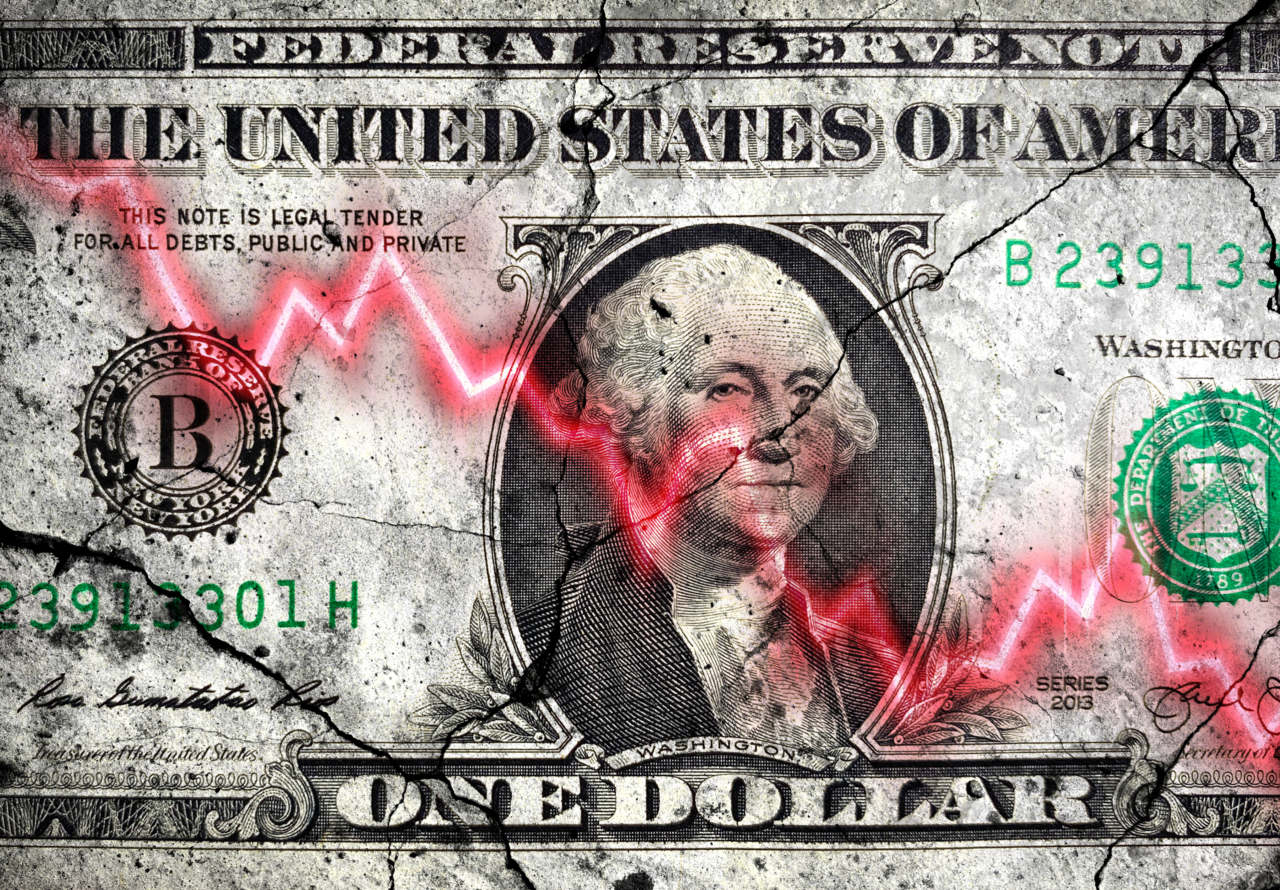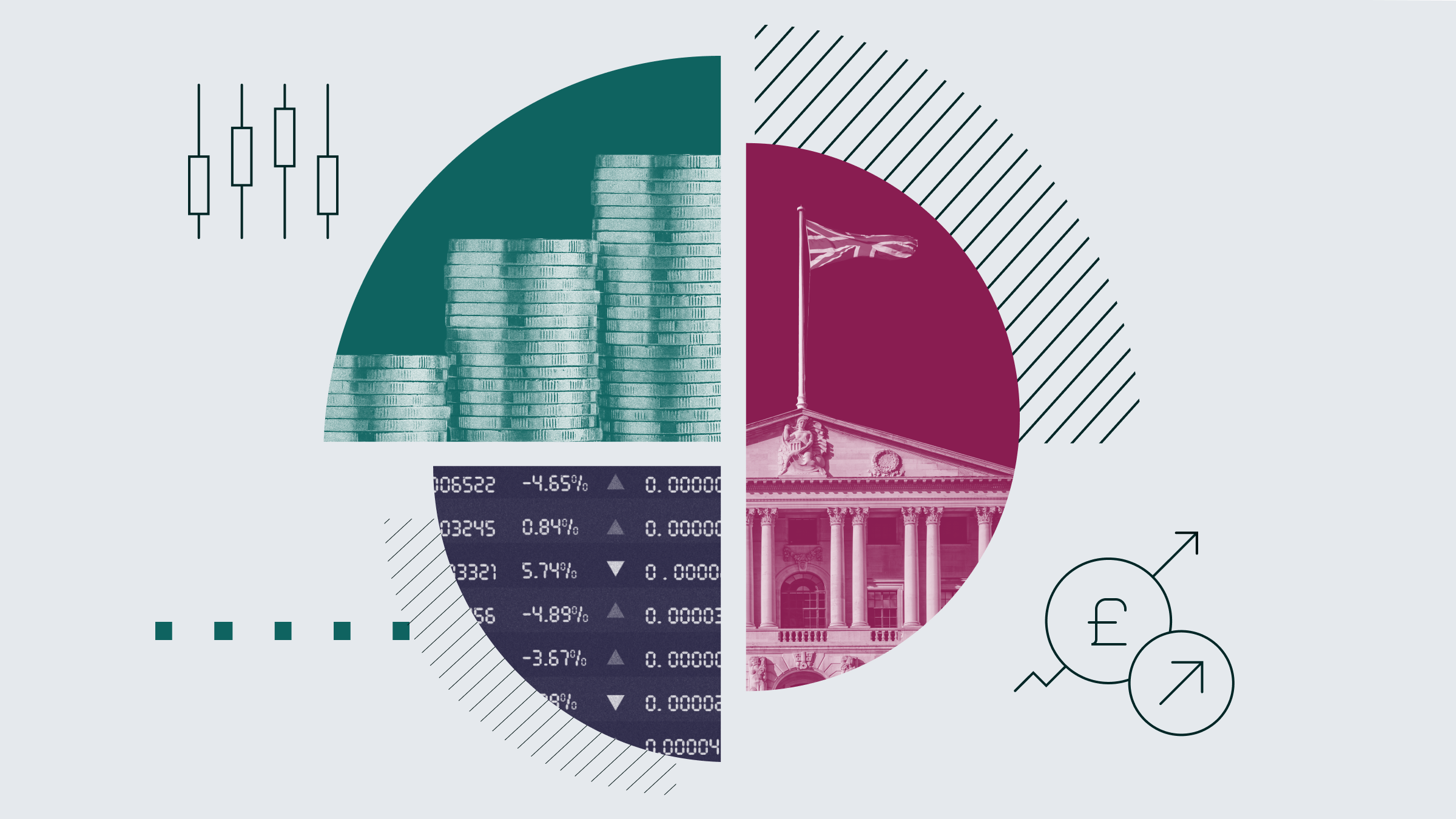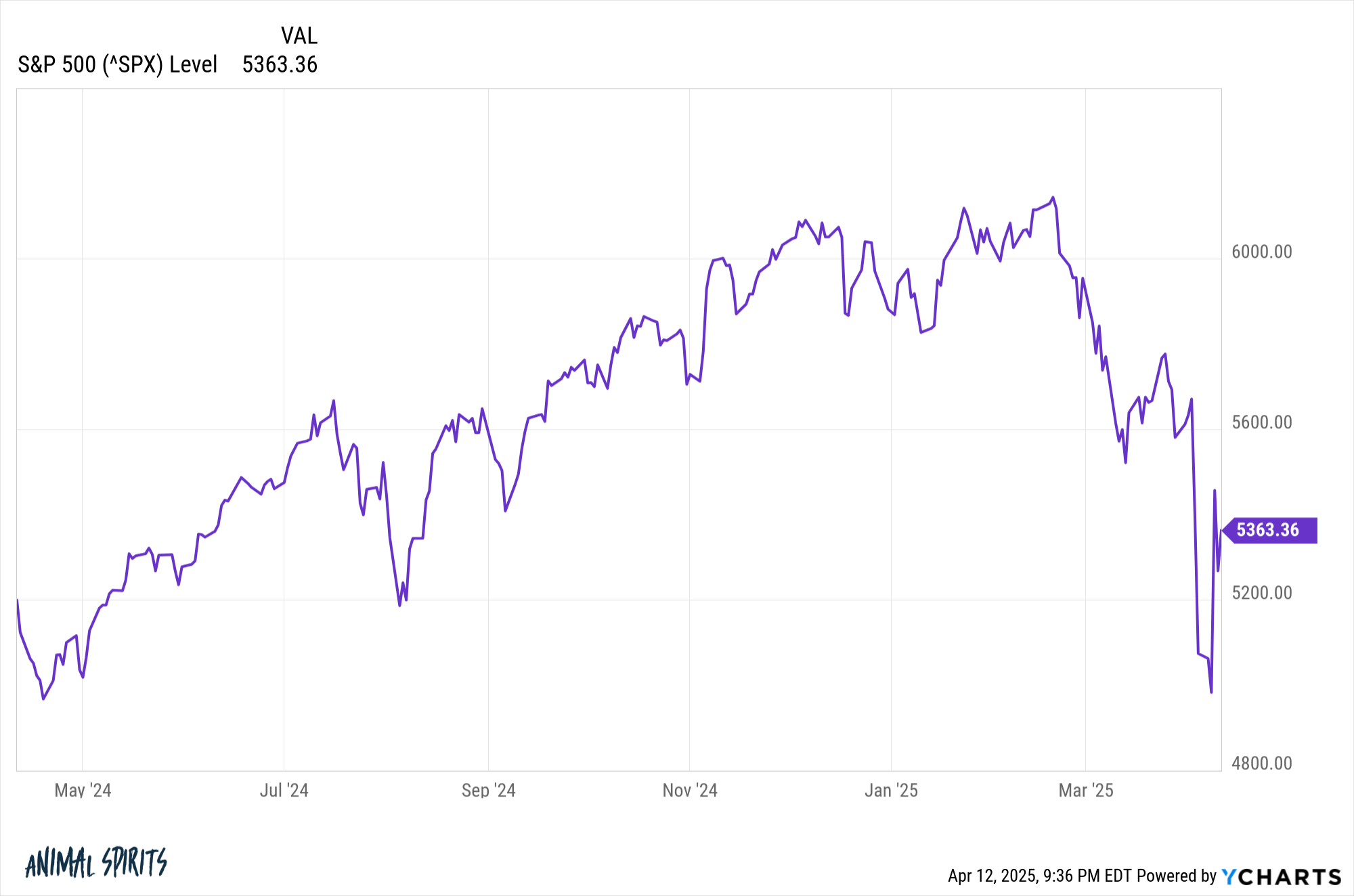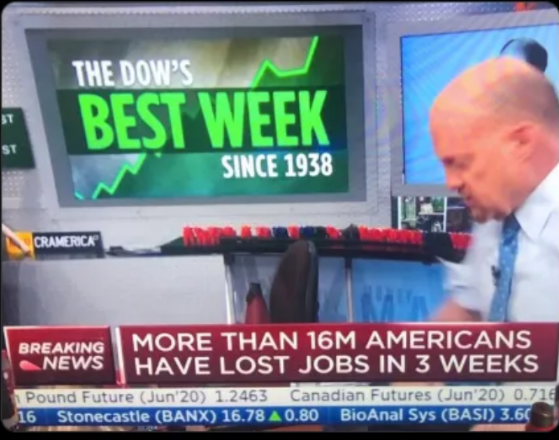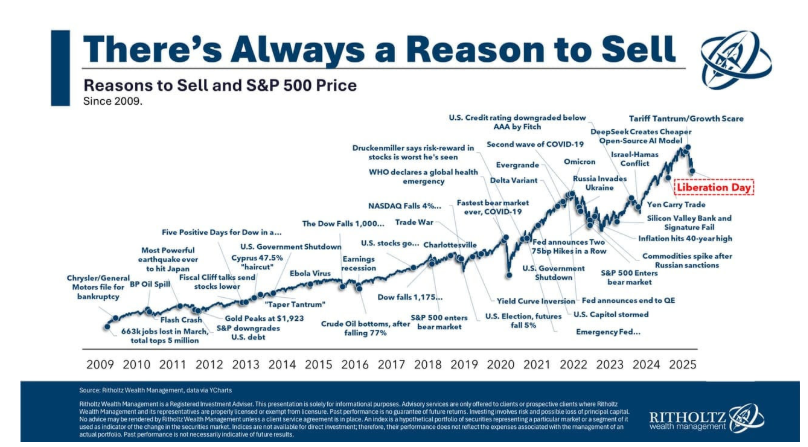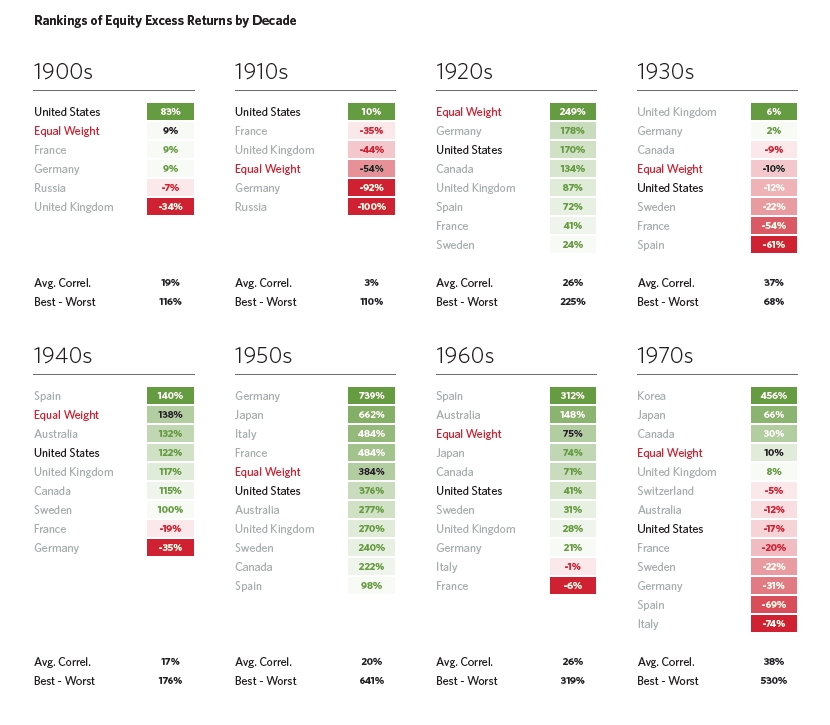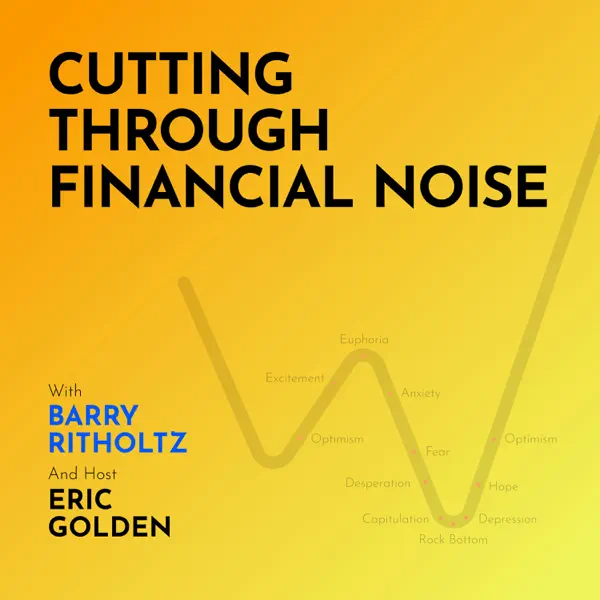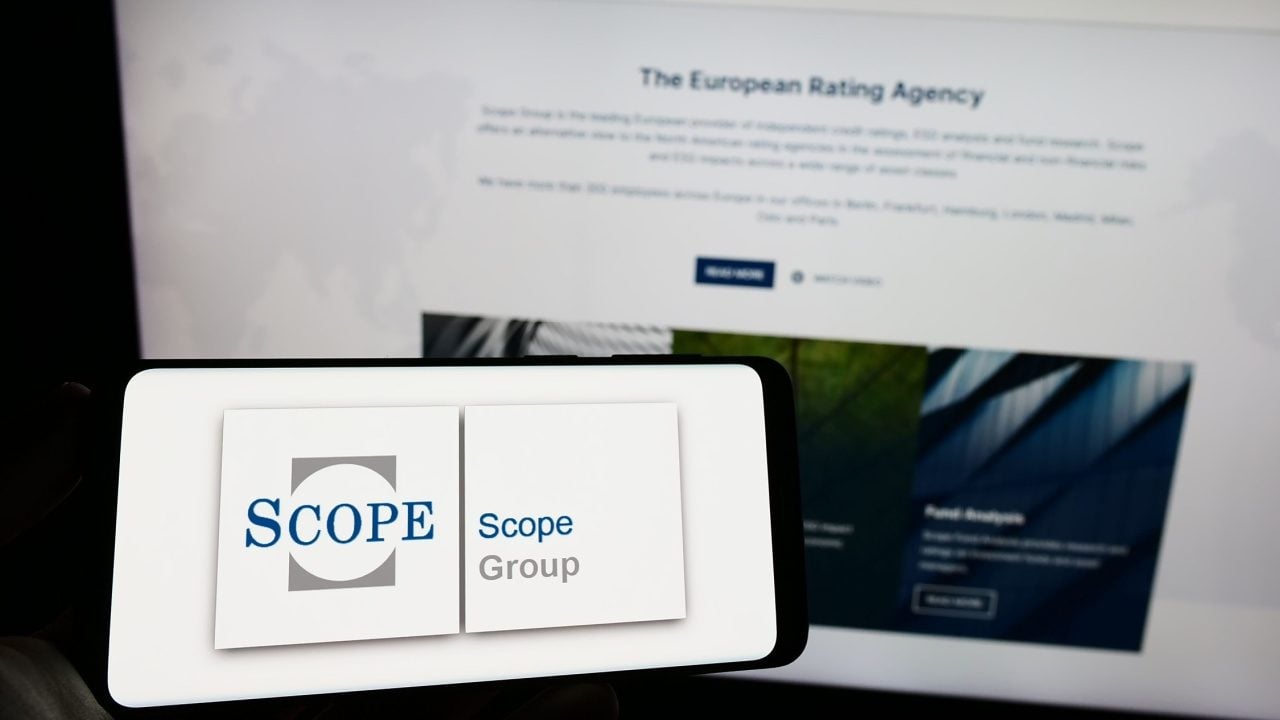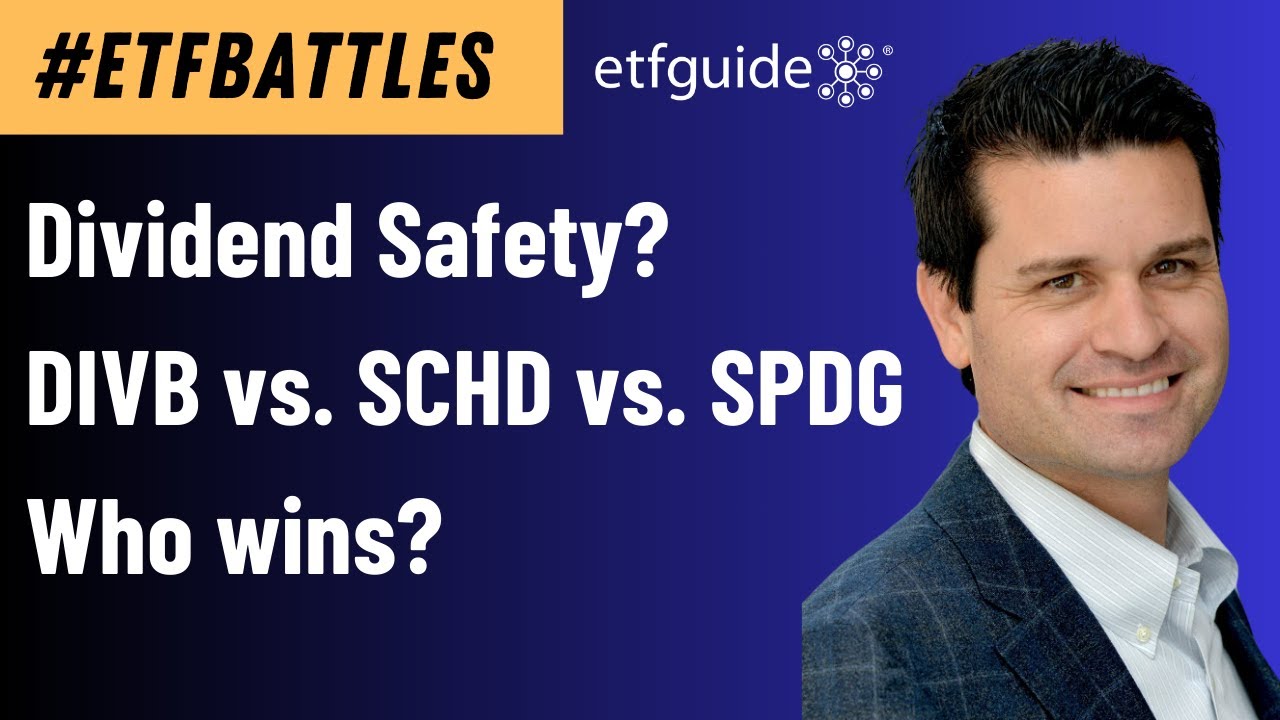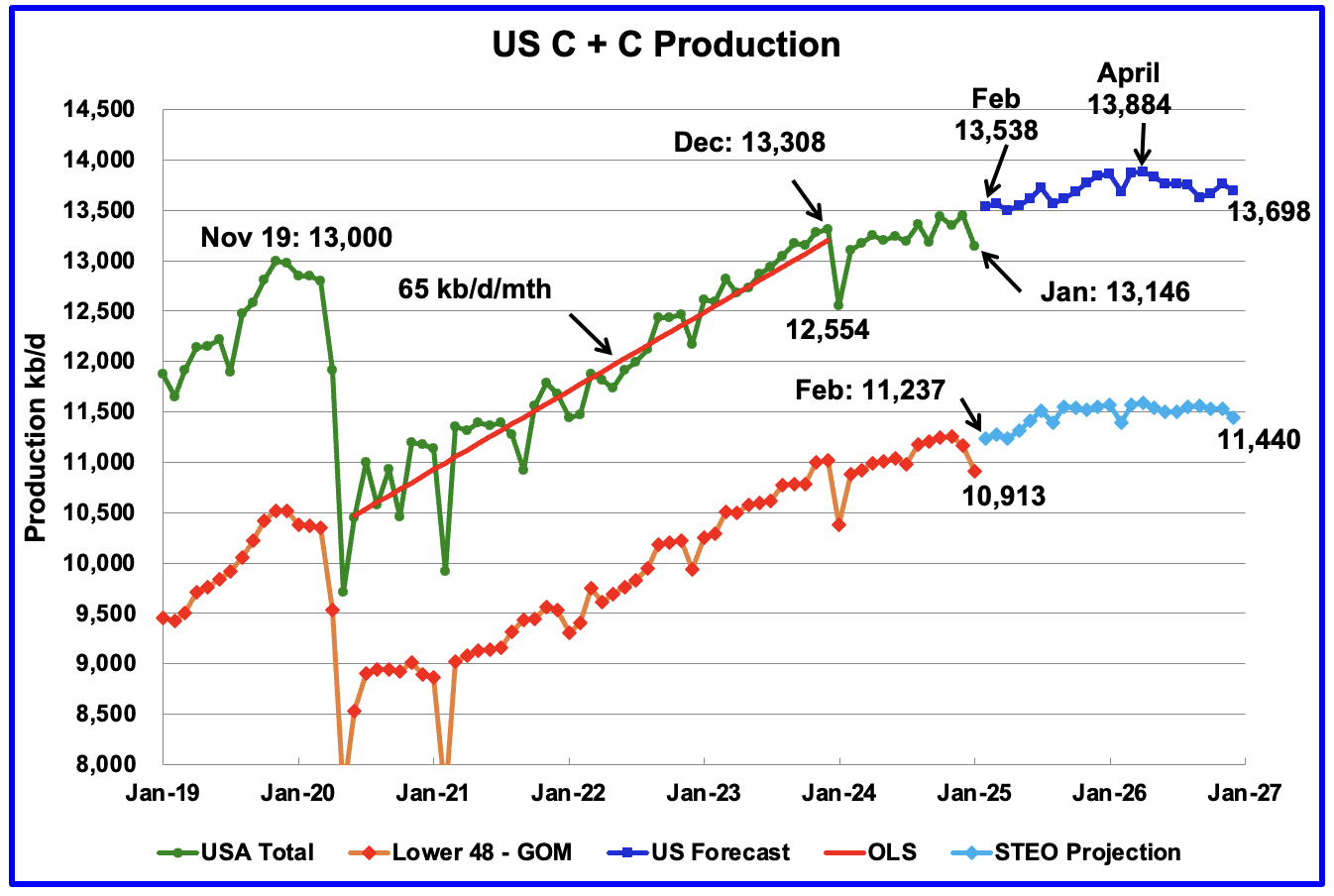Should Boomers Consider SOFI Stock or Steer Clear Of It
SoFi Technologies (NASDAQ:SOFI) has carved out a niche in consumer finance, and is among the companies in the fintech sector many continue to believe could be a long-term winner. There are certainly good reasons for this, with a shift to digitization in the world of finance driving greater adoption of online banking services, and many […] The post Should Boomers Consider SOFI Stock or Steer Clear Of It appeared first on 24/7 Wall St..

SoFi Technologies (NASDAQ:SOFI) has carved out a niche in consumer finance, and is among the companies in the fintech sector many continue to believe could be a long-term winner. There are certainly good reasons for this, with a shift to digitization in the world of finance driving greater adoption of online banking services, and many consumers looking for the most attractive and accessible financing options out there.
Key Points
-
SoFi Technologies is one of those stocks that’s difficult for many baby boomers to handicap from a risk-reward perspective, so let’s try to do just that.
-
Nvidia made early investors rich, but there is a new class of ‘Next Nvidia Stocks’ that could be even better. Click here to learn more.
Once primarily a student loan refinancing operation, SoFi has since shifted its focus toward providing a broader range of lending products to its banking clientele. This has led to improved profitability as the company has scaled, with the company’s expense ratio dropping considerably in 2024.
But questions remain around whether SoFi can retain its streak of five consecutive profitable quarters, and whether the stock’s recent relative underperformance on a year-to-date basis (the stock is down roughly 30% over the past year) could mean more downside is ahead for investors concerned about an incoming recession.
On the other hand, it’s also true that SoFi has seen its stock bounce more than 50% over the past year, off of lows that some investors could argue were artificially depressed. Let’s dive into whether SoFi looks like a buy or sell at its current price just north of $10 per share.
The Bull Case

SoFi Technologies is a leading fintech company and best-known for its wide range of financial services. Again, outside of student loans, the company has expanded its offering to a range of additional loans, an investment platforms, and banking solutions tailored to a younger, tech-savvy audience. Those who are thinking about how the finance (and fintech) sectors may evolve over time, SoFi remains a top option in this space that’s worth considering on the basis of its underlying business model.
Analysts remain largely bullish on SoFi’s potential over the next year, with a range of estimates factoring in different profitability targets for the company. However, it’s worth pointing out that if SoFi can hit its profitability targets, some analysts believe that this stock could trade much higher – as high as $20 per share at the upper end of the range.
Of course, we’ll have to see if SoFi can deliver the kind of blistering growth that’s priced into these rosy projections. That said, I do think SoFi’s banking license could provide a relative edge against fintech competitors, many of whom have not been able to acquire a banking institution and integrate such services into their offerings.
Other bullish factors supporting a higher stock price for SoFi over time include the company’s customer base growth, which has been impressive. Last year, SoFi grew its customer base to 8.8 million users, marking a 41% year-over-year increase. Any sort of similar numbers in 2025 would certainly be welcome, as growth investors look at SoFi as a potential long-term winner.
The Bear Case

While SoFi Technologies has promising growth prospects, several factors suggest investors should exercise caution. Regulatory concerns loom, as potential policy changes could challenge SoFi’s business model. Bank of America’s prior downgrade to “Underperform” with a reduced target price of $12 reflects such valuation worries.
Additionally, the company’s price-to-sales ratio ranges between 6.2 and over 7 times, which far exceeds the historical average of 4.2. Thus, investors concerned about potential overvaluation do have something to worry about. Additionally, negative cash flow raises red flags regarding SoFi’s financial sustainability. Analysts at TipRanks highlight 79 risk factors, with 34 related to finance and corporate governance. These risk factors underscore the sort of significant operating risks some investors may not be comfortable with.
Market sentiment also suggests caution. With heightened uncertainty around trade and tariff policy, the question is whether inflationary pressures could hurt the consumer and their willingness to borrow. We’ll have to wait and see on this front, but it’s going to be something to watch closely for a company like SoFi moving forward.
So, Is SoFi a Buy?

SoFi is projected to surpass $5 billion in revenue by 2030, with earnings per share exceeding $1. If that’s the case, I do think long-term growth investors may certainly look at the 30% year-to-date decline in companies like SoFi as a buying opportunity.
Of course, the question remains as to whether SoFi has more room to drop from here, and that could certainly be the case. But for those with a long-term investing time horizon (longer than five years), I think this is a stock that looks attractive given its growth potential in this still-nascent sector.
The post Should Boomers Consider SOFI Stock or Steer Clear Of It appeared first on 24/7 Wall St..




















